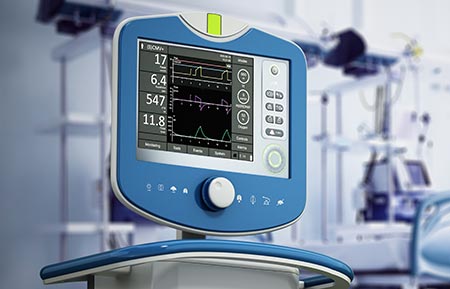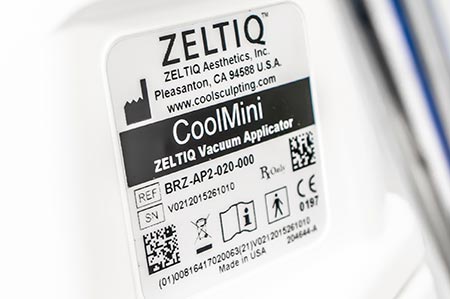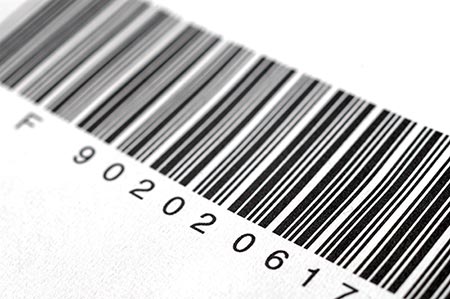EU MDR & International Regulatory Support For Medical Devices
or call (651) 353-7806
Home » EU MDR International Regulations
Meet EU MDR Requirements And Expand Into Global Markets With Confidence
Complying with EU MDR regulations and entering international markets requires more than a technically sound product. Each region has its own classification systems, documentation rules, and approval processes. Without a clear regulatory plan, even well-designed devices can face delays, rejections, or market access issues.
As a trusted expert in EU MDR consulting and global medical device compliance, Isaac Erickson guides companies through every step of the process. From Europe to Latin America, he helps teams navigate evolving regulatory landscapes, reduce risk, and move forward with clarity. Whether you need support with EU MDR requirements or local registrations in Mexico, Peru, or Colombia, Isaac provides the direction needed to keep your project on track.
Supporting EU MDR Compliance And Global Market Entry
Many companies struggle to interpret and meet the expectations outlined in EU MDR regulations. Expanded requirements for technical documentation, clinical evaluations, and post-market surveillance often create confusion and delays. Isaac works closely with clients to review and structure submissions that satisfy Notified Body standards, while ensuring all key elements, like risk files, clinical data, and labeling, are accurate and complete.
Labeling under EU MDR is another common challenge. Regulations require standardized symbols, multilingual content, and alignment with ISO 15223-1. Inconsistencies or missing translations can delay approvals or trigger enforcement. Isaac assists to ensure that all labels meet the latest EU MDR labeling requirements, including usability validation and region-specific formatting.
Outside of Europe, the regulatory landscape varies significantly. In Mexico, companies must secure a Sanitary Registration with COFEPRIS, supported by detailed technical files, GMP certification, and compliant labeling. Peru requires classification-specific testing and a Local Authorized Representative (LAR), which many companies overlook. Colombia mandates both initial registration and ongoing post-market surveillance reporting through INVIMA.
These steps can be difficult to manage without localized knowledge. Isaac has worked directly with regulatory frameworks in Mexico, Peru, and Colombia and can help you navigate everything from LAR selection and documentation formatting to post-approval compliance and renewals.
Other IMDS Services

510(k) FDA Compliance Submissions
Isaac aligns each submission with FDA expectations to streamline review, avoid submission errors, reduce delays, and minimize the risk of AIQs.

Medical Device Labeling
Isaac helps companies close these gaps with a comprehensive, audit-ready review that aligns with FDA, EU MDR, and ISO standards.

UDI Implementation
Isaac helps companies implement and manage UDI systems that meet FDA 21 CFR Part 830 and align with international standards like EU MDR and EUDAMED.

Work With A Trusted EU MDR Consultant & Global Compliance Partner
Bringing a medical device to international markets takes more than good intentions—it requires deep knowledge of EU MDR compliance services, local regulations, and ongoing obligations. Isaac provide strategic, hands-on support to help you prepare high-quality submissions, meet regional requirements, and maintain compliance after launch.
Whether you’re expanding into the EU or across Latin America, he’ll help you move forward with the confidence that your submissions are complete, compliant, and built to succeed.
or call (651) 353-7806
FREQUENTLY ASKED QUESTIONS
You Have Questions, We Have Answers
What are the key differences between FDA, EU MDR, and other international regulatory frameworks?
Each region has its own regulatory structure:
- FDA (USA) – Devices are classified into Class I, II, or III and typically require a 510(k), De Novo, or PMA submission. Compliance with 21 CFR Part 820 (Quality System Regulation) is mandatory.
- EU MDR (Europe) – Devices are classified as Class I, IIa, IIb, or III with stricter clinical evidence requirements than before. Manufacturers must work with a Notified Body for higher-risk devices.
- Other Regions (Mexico, Canada, Latin America, Asia, etc.) – Each country has its own classification and submission process. Some recognize FDA and EU approvals to fast-track certain device registrations.
Understanding these differences is critical to aligning your strategy, avoiding delays, and minimizing redundant work when filing in multiple markets.
Do I need a local representative to register my device in foreign markets?
Yes, many countries require a Local Authorized Representative (LAR) or in-country regulatory agent. Examples include:
- European Union (EU MDR) – Requires an Authorized Representative (EC REP) for non-EU manufacturers.
- Mexico (COFEPRIS) – Requires a local registrant who holds the Sanitary Registration.
- Peru (DIGEMID) & Colombia (INVIMA) – Require a Local Authorized Representative for foreign manufacturers.
- China (NMPA) – Requires a China Agent to manage regulatory filings and post-market surveillance.
Selecting the right local representative is crucial, as they handle communications with regulatory agencies, submit documentation, and ensure post-market compliance.
What supporting documents are typically required for international regulatory submissions?
While document requirements vary, most international submissions require:
- Technical File / Device Master File – Includes device description, intended use, and technical specifications.
- Risk Management Report – Must comply with ISO 14971 (Risk Management for Medical Devices).
- Clinical Data / Performance Studies – Required for higher-risk devices in the EU, China, and Canada.
- Quality System Certification – Many countries require compliance with ISO 13485 (Medical Device QMS) or FDA’s 21 CFR Part 820.
- Labeling & Instructions for Use (IFU) – Must align with local language and regulatory requirements.
- Proof of Regulatory Approval (if applicable) – Some countries accept FDA or EU MDR approvals as part of their review process.
Ensuring all documents meet country-specific formatting and translation requirements can prevent unnecessary delays.
How long does the international approval process take?
Approval timelines vary significantly depending on the country and device classification:
- USA (FDA 510(k)) – ~90–180 days; PMA can take 1–2 years.
- EU MDR (Notified Body Review) – 6–18 months for Class II and III devices.
- Mexico (COFEPRIS) – 4–8 months, but can take longer for high-risk devices.
- Canada (Health Canada Licensing) – Class II-IV devices take 3–12 months.
- China (NMPA) – 12–24 months, with potential local clinical trials required.
- Brazil (ANVISA) – 6–18 months, requiring compliance with Good Manufacturing Practices (GMP).
Many factors influence these timelines, including review backlogs, additional data requests, and the need for in-country clinical trials.
How can I streamline the approval process and expand into multiple markets efficiently?
A strategic regulatory approach can help reduce redundancy and speed up approvals:
- Leverage Existing Approvals – Some countries recognize FDA 510(k) or EU MDR approvals, allowing for expedited registration.
- Harmonize Technical Documentation – Maintain a core regulatory dossier that can be adapted for different markets.
- Plan for Labeling & Language Requirements Early – Many countries require localized labeling and translated documents, which should be prepared in advance.
- Work with Local Experts – Engage regulatory consultants and in-country representatives who understand the nuances of local requirements.
- Stay Updated on Regulatory Changes – Countries frequently revise regulations, so ongoing compliance monitoring is essential.
By having a global regulatory strategy, companies can reduce submission time, prevent rework, and expand internationally with greater efficiency.
